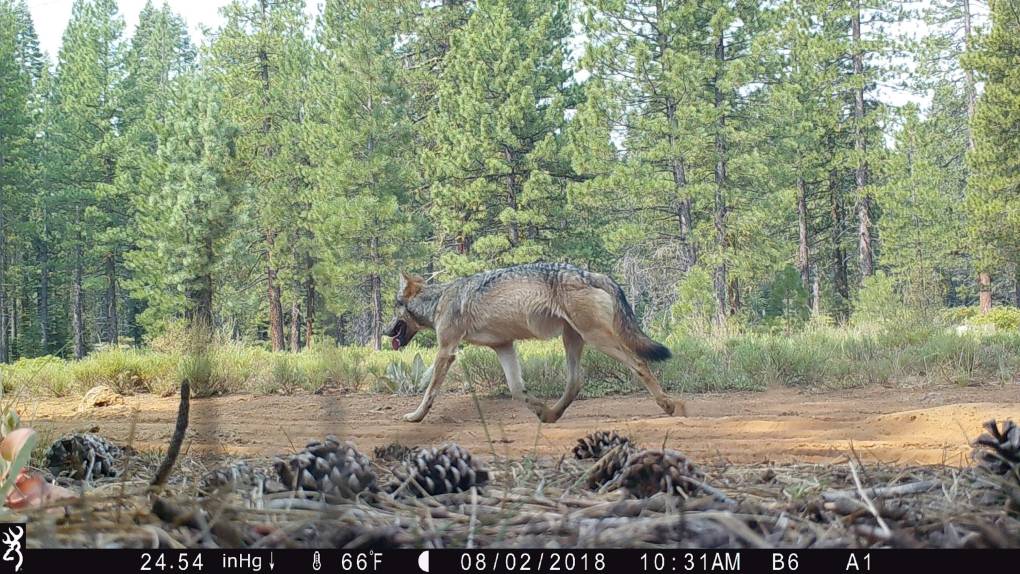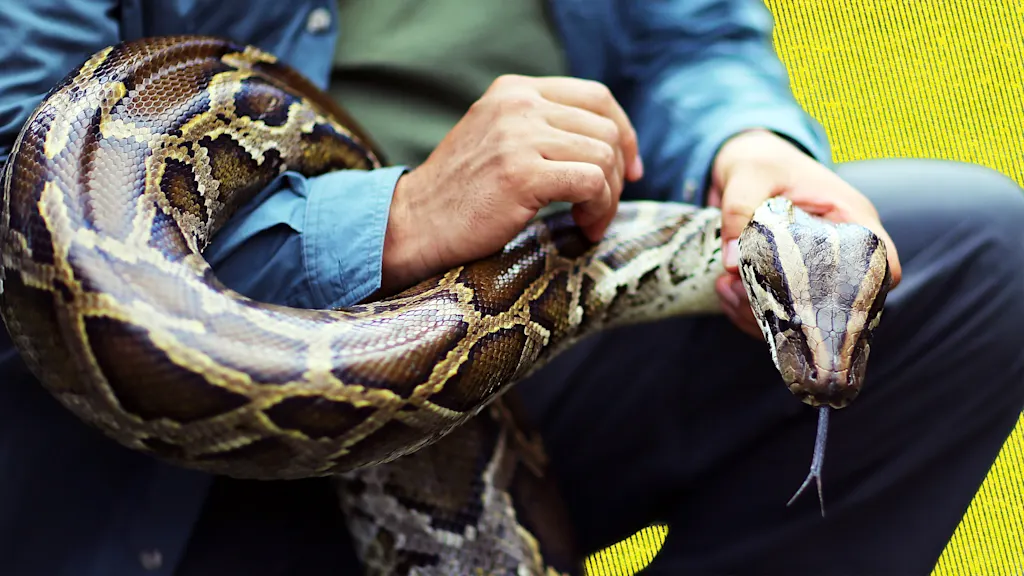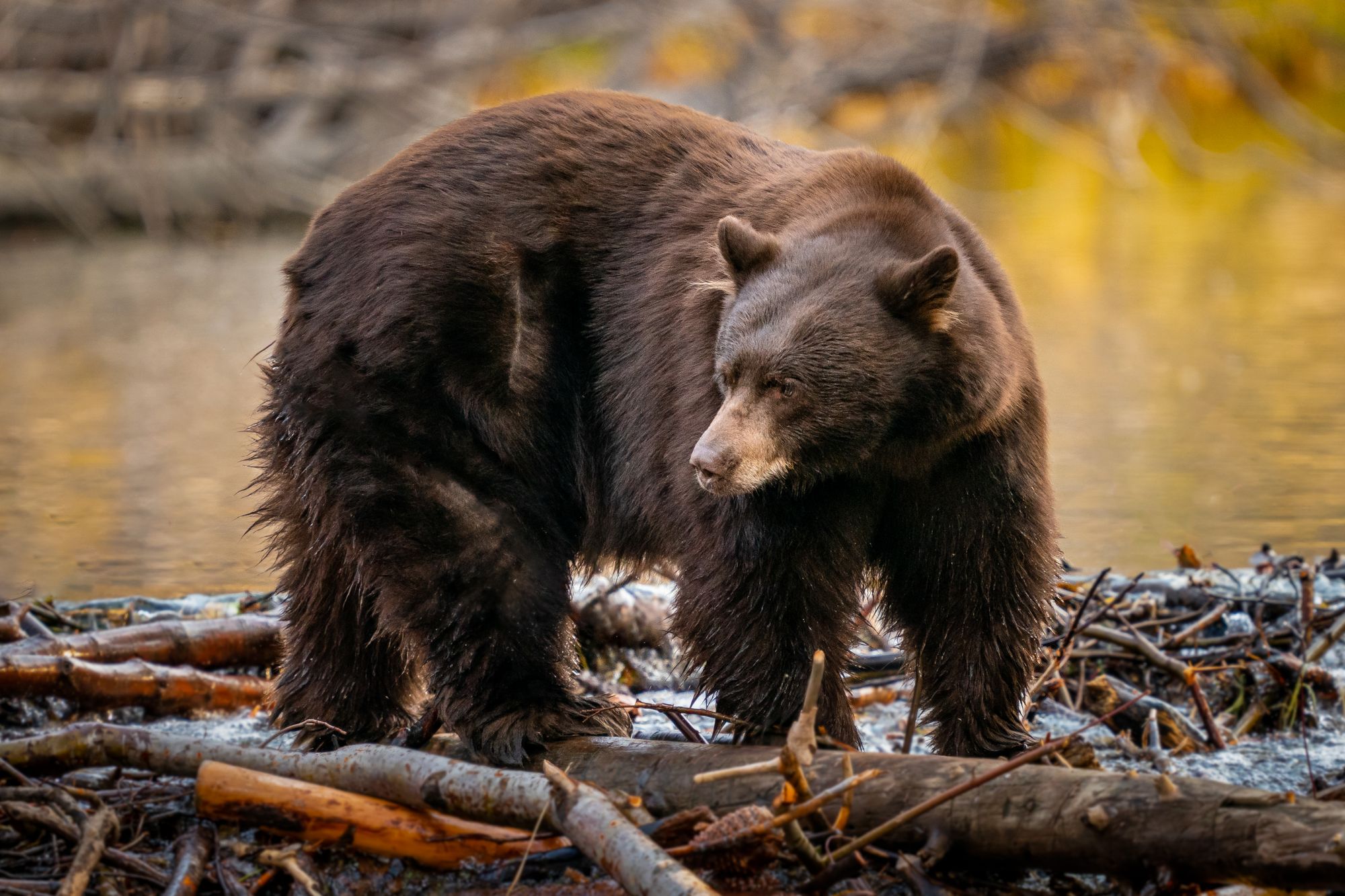fromLos Angeles Times
14 hours agoIn Altadena bear country, homeowner struggles to evict 550-pound unwanted tenant
Johnson said yes. A 550-pound black bear was still wedged in the crawl space under his Altadena home, as it had been since Sunday, giving him his 15 minutes of unwanted fame. The homeowner, who lives across from the canyon where the devastating Eaton fire sparked in January, is no stranger to bears. Residents say Altadena's bear problem has been escalating for years.
Los Angeles






























